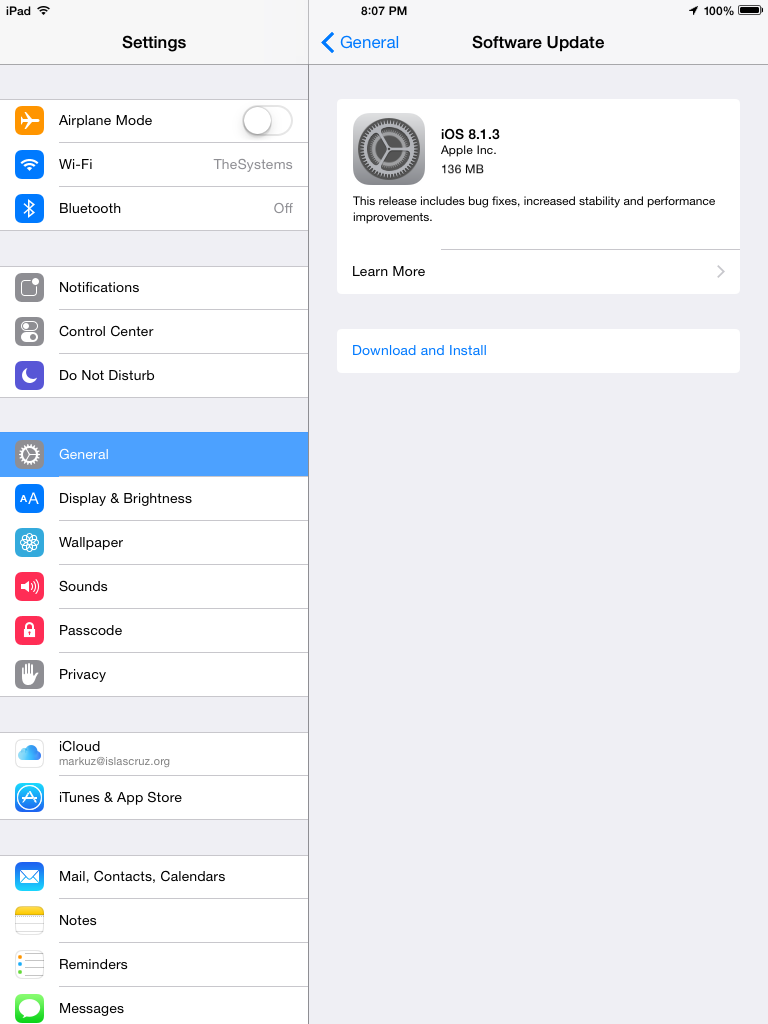


You can keep multiple tabs open side by side in Vivaldi.
#Vivaldi ios windows
Windows natively have support for multi-window functionality, and Vivaldi has followed them in the browser too. You can change the Tabs position from the Settings > Tabs > Tab Bar Position. The tabs placed on the right or left are easy to navigate, and it doesn’t distract us in the reading flow. Tabs at the top use more space and at times it becomes cumbersome to manage them. Use Sidebar Tabsīy default, every major browser uses the upper part to manage the tabs. You just need to tap the camera icon at the bottom and select whether you want to capture the displayed area or the entire article as a scrolling screenshot. Vivaldi’s screen capture only includes the web page. When taking a screenshot via default Windows method (Windows+Print Screen shortcut), the OS captures the entire area which also includes distractions like tabs, sidebar and, taskbar. Next time when you want to open it, follow the same path and select Open Saved Session. Head to File > Save Open Tabs as a Session and give it a relevant name to save the tabs. That’s where Vivaldi’s save session comes to rescue.

#Vivaldi ios Offline
Of course, Pocket is an excellent tool for saving offline articles, but it won’t be a productive solution. When researching for a particular topic, you may come across a situation when you want to save all the tabs in a separate place. Saving Session Tabs is an important feature for many including me. In the future, I would like to see Notes app integrating popular services like Microsoft OneNote or Evernote. You can add screenshots, or captured screen area, attach files and even organize notes via folders in the browser. Tap on the Notes icon from the sidebar and the little dialog box will give you all the needed options. And surprisingly, it does pack a couple of useful options. Vivaldi integrates the Notes app directly into the browser. Tap the settings icon on the right top corner to set the desired options. You can change the fonts type and size and even use the dark theme option to read comfortably at night. Tap on it, and Vivaldi will strip away all the unnecessary elements to deliver a visually pleasing experience. Open a blog post or an article and a little reader icon will appear in the address bar. Vivaldi comes with a Reader mode support out-of-the-box, and it works flawlessly. Tap on the little magnifier, and the first letters of the respective search engine will be visible in a menu. For example, you can type ‘w Vivaldi’ in the address bar which will instantly search for Vivaldi in the Wikipedia search bar.

On the address bar, you can directly type your query with a first letter of any search engine. That has changed how I search for information in it. Thankfully, Vivaldi’s nifty little trick shines through the process. It’s annoying to deal with the pop-up to pick a default browser from the settings menu every time. But what if you want to use Google or Wikipedia or privacy-focused DuckDuckGo. Give Nicknames to Search Engineīy default, Vivaldi includes the Bing search engine, which should be fine for anyone. Head to Import Bookmark and Settings and select your current browser from the list.īy default, you can access the bookmarks from the top menu or the left sidebar menu. To import your bookmarks, tap on the ‘V’ icon at the upper-left corner and choose File. And thankfully Vivaldi provides an option to import bookmarks from all the major browsers out there. Importing bookmarks should be the first step to move your favorite sites from your current browser to the Vivaldi browser. In this post, I will be talking about the top 11 Vivaldi browser tips and tricks that you should check out.ĭownload Vivaldi Browser 1. And I have to say, after using it for a considerable period, Vivaldi left me quite impressed. We decided to try it out to see how Vivaldi holds up against the competition and if it has enough unique features to offer.


 0 kommentar(er)
0 kommentar(er)
